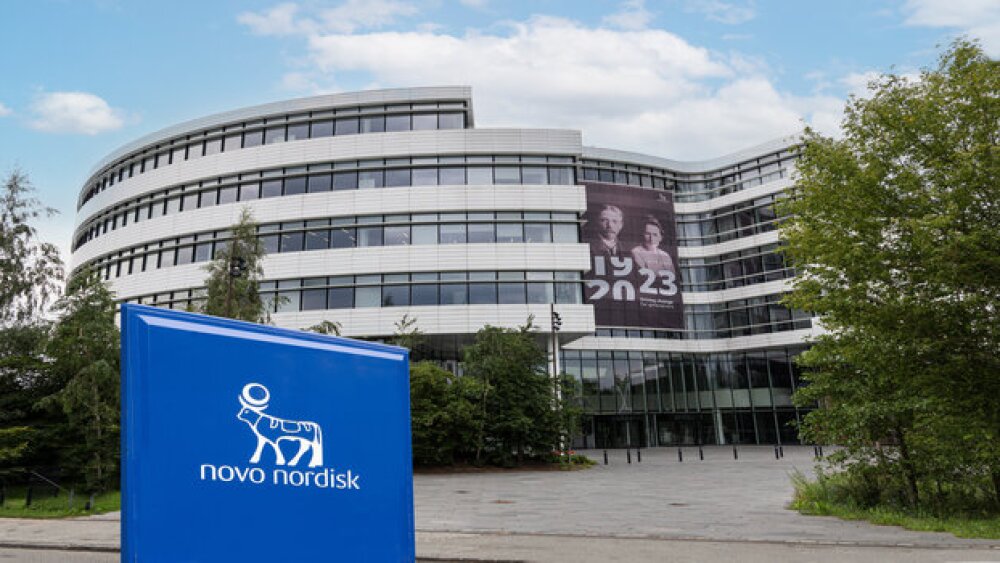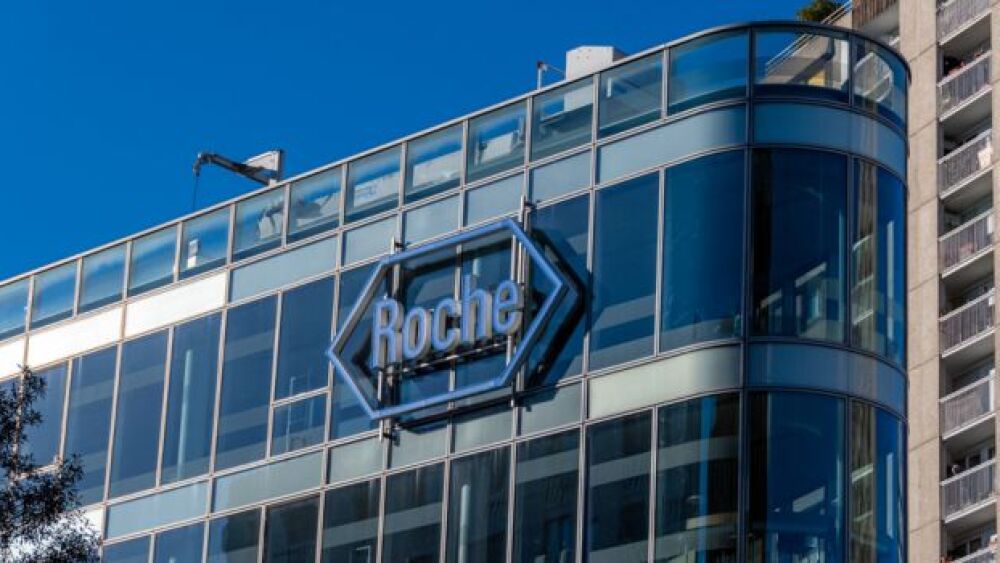Ampio today reported a heavy schedule of meetings throughout the four-day conference, predominately with significant pharma companies discussing the successful clinical results of the company’s second pivotal phase III trial announced Dec. 14, 2017.
Magnetic Resonance Imaging (MRI) Evidence for Ampion™ cartilage Regeneration |
| [16-January-2018] |
| ENGLEWOOD, Colo., Jan. 16, 2018 /PRNewswire/ -- Ampio Pharmaceuticals, Inc. (NYSE MKT: AMPE) today reported a heavy schedule of meetings throughout the four-day conference, predominately with significant pharmaceutical companies discussing the successful clinical results of the company’s second pivotal phase III trial announced Dec. 14, 2017. The discussions also explored whether Ampion™ could provide not only relief of signs and symptoms of osteoarthritis of the knee (OAK) but also be “a disease-modifying drug” for this condition. David Bar-Or, M.D., Ampio’s CSO explained: “OAK, over time, causes progressive loss of cartilage in the knee, which is one of the reasons for limited joint function and chronic pain in this condition (although cartilage has no nerve endings, sub chondral bone does). There are three types of chondrocytes (cells making cartilage) in OAK: 1. Normal chondrocytes, 2. dying chondrocytes and 3. fibroblast like chondrocytes (FLC). The FLC make the wrong type of collagen and is not beneficial to the knee. As the patient ages the replacement of new cartilage begins to lag behind the rate of loss of cartilage and this process is accelerated by OAK. Thus the ‘disease modification’ mechanism that these pharmaceutical companies are extremely interested in, would either increase the rate of generation of new normal cartilage or provide an anti-apoptotic (death protection) effect that would extend the life of the existing normal cartilage-producing chondrocytes. Scientists from these pharmaceutical companies noted that the peer reviewed publications and confidential information provided to them, suggest aspects of the Mode of Action (MOA) of Ampion™ appear to support both possibilities. “We have already demonstrated and/or published in-vitro data indicating that Ampion™:
“Because severe disease is associated with denudement of bone, MRI was used to quantitatively analyze and compute cartilage-covered and bare, denuded (no cartilage) bone areas for each opposing surface of the knee joint. Areas with exposed (denuded) bone were identified in the medial or lateral surface compartments of the knee. Some patients have disease predominantly in the medial compartment whereas others have more disease in the lateral compartment or more symmetrically. The open label study of 7 patients, each receiving 3 injections two weeks apart, that preceded the 40 patient STRUT study suggested that we should compare medial compartment disease and lateral compartment disease separately to appropriately matched placebo controls.” Dr. Bar-Or continued: “A review of the quantitative MRI analysis of cartilage from the double-blind, three injections, vehicle controlled STRUT study (N=40) at 52 weeks compared to baseline was never published because the study was powered only to investigate the safety of the three injections of Ampion™ or saline at two week intervals. However, the MRI analysis after 52 weeks did provide some tantalizing results. “A total of 37 patients had MRI data at baseline and at week 52. Of those, 20 patients had medial (n=10) or lateral disease (n=10) and the remaining (n=17) had either no denudement or symmetrical disease. Changes in cartilage thickness were examined across 6 anatomically defined sub regions, and patients with medial disease and lateral disease were analyzed separately. “Among patients with medial disease, patients treated with Ampion™ had less cartilage thickness loss than patients treated with saline in all 6 medial sub regions. For instance, the mean cartilage thickness change over covered area of subchondral bone was -3μm for patients receiving Ampion™ and -34μm for patients receiving saline. “Among patients with lateral disease, patients treated with Ampion™ had less cartilage loss than patients treated with saline in 5 of 6 lateral sub regions. Only Ampion™ patients showed increased cartilage thickness, in 2 lateral sub regions, as follows:
“We are encouraged by the results of the MRI analysis from the STRUT study. These results support those from the ‘in vitro’ work, and suggest Ampion™ does have the potential to provide a structure modifying/preserving therapy for osteoarthritis.” Detailed results of the STRUT study were published as a feature article in the peer-reviewed journal Orthopedics in 2017: https://www.healio.com/orthopedics/journals/ortho/2017-1-40-1/%7B2ac26c9c-539c-4d93-b3a9-428849cd904e%7D/preliminary-trial-of-intra-articular-lmwf-5a-for-osteoarthritis-of-the-knee Michael Macaluso, Ampio’s CEO stated: “This MRI analysis supports the anecdotal reports of prolonged pain and function relief, beyond 20 weeks we have received from patients with moderate to severe OAK treated with Ampion™. Ampio will perform larger studies to support a ‘disease modification or healing label,’ post marketing, possibly with more injections over a longer time period, in compliance with FDA recommendations should our BLA be accepted and approved. Additional information on these subjects is contained in the press releases below.”
Regulatory Exclusivity and IP protection: About Osteoarthritis About Ampio Pharmaceuticals Forward-Looking Statements Company Contact
View original content with multimedia:http://www.prnewswire.com/news-releases/ampio-update-of-jp-morgan-meeting-events-and-disease-modification-discussions-300582855.html SOURCE Ampio Pharmaceuticals, Inc. | ||
Company Codes: AMEX:AMPE |




